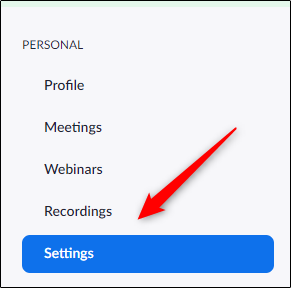How to Protect Your Privacy During the COVID-19 Outbreak

In this unprecedented time, businesses big and small are facing countless new challenges. Of these challenges, breaches of privacy are becoming more common and more concerning. Since more users are working from home, they need to be more aware of points where their privacy can be breached. We want to help you protect your privacy during the Coronavirus outbreak. We’ll explore how video conferencing, scam emails, and webcams can affect your privacy.
Video Conferencing
With increased remote work comes an increase in video conferencing for meetings. Video conferencing tools like Zoom and Microsoft Teams have seen a dramatic uptick in popularity. With that boom comes more reports of intruders interrupting important meetings. “Zoombombing” occurs when an uninvited person joins a Zoom meeting with the intent to interrupt it. Zoombombers will post inappropriate images or links, or they will yell profanities. An interruption like this can derail a meeting completely. You should take necessary steps to stop Zoombombers from invading your Zoom meetings.
There are a few options that you can enable and disable through Zoom’s website. If you have an account with Zoom, log in and find the Settings tab (located in the pane on the left).

Zoom Settings You Should Disable
Embed Password in Meeting Link for One-Click Join – Zoom offers an option to make it easy to join a meeting through a single link, but that also means that anyone who clicks on that link can join the meeting. You should disable this setting if you want to require meeting participants to enter a password before they can join.
Remote Control – This allows someone who is sharing their screen to let other participants take remote control of his or her system. This setting should be disabled because it puts other systems at risk of malicious intruders.
Zoom Settings You Should Enable
Identify Guest Participants in the Meeting/Webinar – This lets you know when meeting participants are not inside your organization. This is helpful for quickly identifying and removing any Zoombombers that may enter your meeting.
Waiting Room – As of April 5, 2020, Zoom enabled this setting by default. Meeting participants will need to be admitted by the host. More steps are needed to establish a Zoom meeting, but it also ensures that Zoombombers are not allowed to join your meetings.
Scam Emails
As we see with Zoombombers, cybercriminals see the COVID-19 situation as an opportunity to invade the privacy of others. We’ve talked about COVID-19 scams to watch out for before, and we know that cybercriminals have been busy trying to access your data. Scam emails have been on the rise, and users need to be careful now more than ever.
Phishing emails are being sent in greater volume since the COVID-19 outbreak. Cybercriminals are tailoring these emails to prey on our concerns about the virus. Cybercriminals want you to click on a link or attachment so that they can access your system and accounts. It is extremely important to be positive that requests for information or email attachments are coming from a trusted source. When in doubt, always call your correspondents to confirm that they indeed sent what they intended to send.
Who Is Watching Your Webcam?
Finally, we’d like to touch on a potentially overlooked vulnerability in your system that could be used to invade your privacy: your webcam. Your webcam is a direct line into your home that can be relatively easy to hack into. Cybercriminals can record video taken from your webcam. They then may attempt to blackmail you into paying to keep them from publishing it on the Internet.
Many people don’t adequately protect themselves from this type of invasion of privacy. However, a simple solution can be found in a simple piece of electrical tape. If you’re using a laptop or similar mobile device, you can stick a small square of electrical tape over your webcam’s lens. This will prevent any video from being taken. The tape is easy enough to remove if you need to use your webcam for a video conference, and you can replace the tape when you’re done. If you use a separate webcam that plugs into your PC through USB, you should unplug the webcam whenever it is not in use.
Breaches of privacy should always remain top-of-mind. During this time when more people are working from home and video conferencing, it is even more important to take necessary steps to ensure that you and your business are safe. Make sure you know who is participating in your meetings. Always assume that your webcam is on and recording. And most importantly, stay safe and healthy.
Do you have any other privacy protection tips? Share them with us in the comments!
